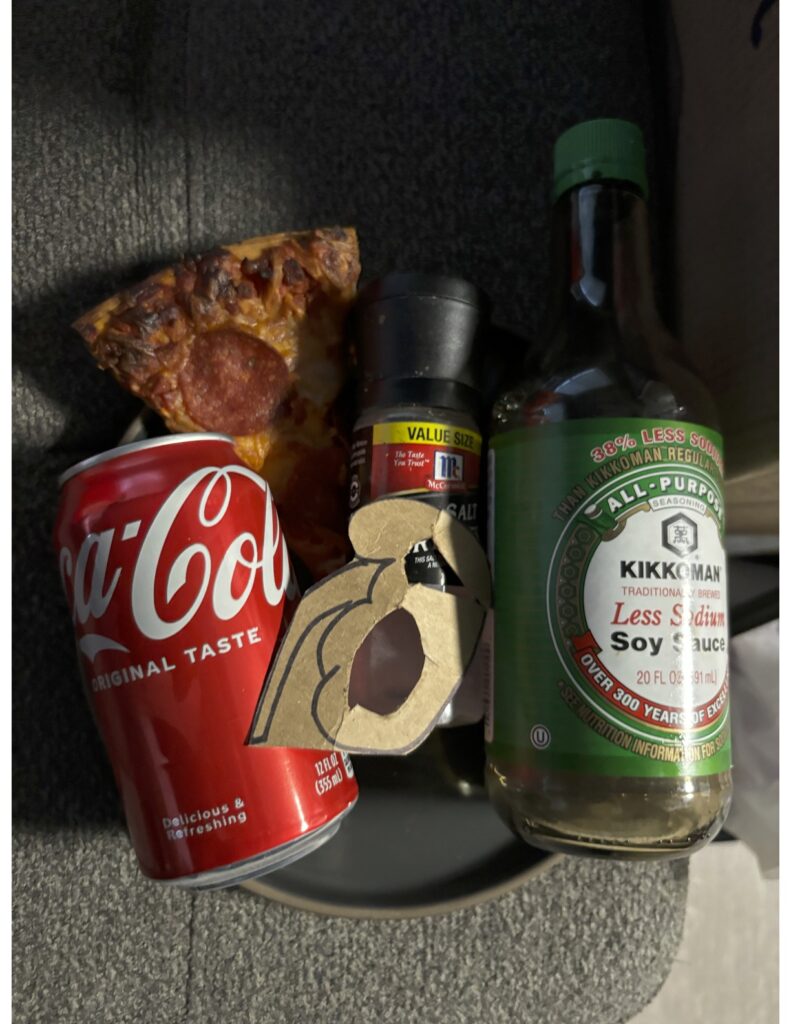The Kidney functions to regulate total water volume and solute concentration within water; maintain acid-base balance; excrete metabolic waste, toxins and drugs; produce erythropoietin a renin; activate vitamin D; and create new glucose if needed. Chronic kidney disease causes damage to the kidneys and alters the kidney’s function, such as excreting waste. People with chronic kidney disease can choose to a healthier diet by limiting their intake of sodium, phosphorus, potassium, and protein. (Eating right, n.d.). Hannan et al. stated that high levels of sodium and potassium in urine was linked with a higher chance of chronic kidney disease progression (Hannan et al., 2021). Potassium aids in muscle and nerve health. Hypokalemia is less common in people who have chronic kidney disease. Hypokalemia can be caused by medication, alkalosis, vomiting and diarrhea. Both excess and absence of potassium in the blood can interfere with the heart’s electrical conduction and result in sudden death (Renal lecture slides 110). People with chronic kidney disease tend to have hyperkalemia, an electrolyte disorder. Hyperkalemia can lead to sudden death in the absence of aldosterone (Renal System and Water Balance Lecture slides 115). Eating right for Chronic Kidney Disease states that foods that are low in sodium are very likely to be high in potassium, so when you might think that your making a good choice you actually might be unconsciously making a bad choice as well (Eating, n.d.). Eating Right for Chronic Kidney Disease states that consuming less salt can help lower blood pressure, which in return can help you maintain chronic kidney disease. Limiting phosphorus intake is important to maintain bone health with people who have chronic kidney disease. Foods to avoid that are high in phosphorus dairy, beans, soda, meat/poultry/fish. Foods that are high in potassium to avoid include: bananas, dates, kiwi, avocado, etc. Foods to avoid that are high in sodium include: prepackaged foods, soy sauce, bacon, etc. Foods to avoid that are high in protein include: beans, nuts, soy, and sunflower seeds. Maintaining heart health by avoiding fatty foods such as saturated and trans fats, fried foods, butter, as well as limiting alcohol intake. People with chronic kidney disease do not have to completely cut these foods out of their life, but should limit intake and keep track of these nutrients to avoid progressing further kidney damage. There are many foods that can be on the avoid list for one nutrient but will be on the low list for another. For example, meat, poultry and fish are high in protein but they are building blocks for the body, whereas plant proteins need to be combined. In my art piece I cut out a kidney with an opening through the medulla. The larger cut out is a healthy kidney with healthy food choices on a plate in the back. The smaller cut out is supposed to be a diseased kidney, and there are poor choices in the background. A healthy kidney can freely filter the blood of excess nutrients effectively. A diseased kidney cannot effectively filter excess nutrients, and the build up can lead to progression of disease.
Hannan, M., Ansari, S., Meza, N., Anderson, A. H., Srivastava, A., Waikar, S., Charleston, J., Weir, M. R., Taliercio, J., Horwitz, E., Saunders, M. R., Wolfrum, K., Feldman, H. I., Lash, J. P., Ricardo, A. C., CRIC Study Investigators, & Chronic Renal Insufficiency Cohort (CRIC) Study Investigators (2021). Risk Factors for CKD Progression: Overview of Findings from the CRIC Study. Clinical journal of the American Society of Nephrology : CJASN, 16(4), 648–659. https://doi.org/10.2215/CJN.07830520
Dhondup, T., & Qian, Q. (2017). Acid-Base and Electrolyte Disorders in Patients with and without Chronic Kidney Disease: An Update. Kidney diseases (Basel, Switzerland), 3(4), 136–148. https://doi.org/10.1159/000479968
“Eating Right for Chronic Kidney Disease – Niddk.” National Institute of Diabetes and Digestive and Kidney Diseases, U.S. Department of Health and Human Services, www.niddk.nih.gov/health-information/kidney-disease/chronic-kidney-disease-ckd/eating-nutrition. Accessed 1 Aug. 2024.



For Janessa Oviok her STEAM project was on Kidney functions and chronic kidney disease. She explains how to help chronic kidney disease you can choose a healthier diet by limiting sodium, phosphorus, potassium and protein. It’s stated that high levels of sodium and potassium in urine is linked with higher chances of chronic kidney disease progression. The tricky part is food with low sodium are more likely to be high in potassium so you may be hurting when you think you’re helping. Both excess and absence of potassium in the blood can interfere with the hearts electrical conduction and result in sudden death. People with chronic kidney disease tend to have hyperkalemia which is a electrolyte disorder. Hyperkalemia can lead to sudden death in the absence of aldosterone. Limiting phosphorus intake is important to maintain bone health with people who have chronic kidney disease. Foods that are high in phosphorus are dairy, beans, soda, meat and fish. Foods that are high in potassium to avoid are bananas, kiwi, dates and avocado. Foods to avoid that are high in sodium are soy sauce, packaged food, bacon. Foods to advoid that are high in protein include, beans, nuts, soy, There are many foods that can be on the avoid list for one nutrient but will be on the low list for another. For example, meat, poultry and fish are high in protein but they are building blocks for the body, whereas plant proteins need to be combined. In Janessas art piece she cut the kidney out with a opening through the medulla. The larger cut is a healthy kidney with healthy foos choices behind it. The smaller one is supposed to be a diseased kidney with poor food choices behind it. I like the art idea, good job!